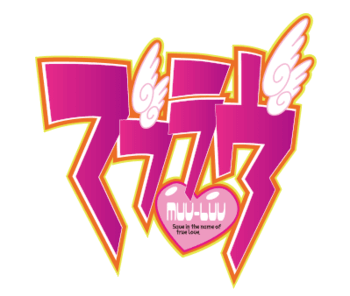Australia is a nation comprising of the mainland of the Australian continent, the largest landmass of the Oceania continental region. As Australia is under no direct threat from the BETA, the nation is currently gaining great political power from the refugees and relocated industries it has allowed onto its land.
History[]
Without direct contact with the BETA since the Kashgar landing in 1974, which has continued into today, and protected by both the surrounding oceans and the Asian nations above it, Australia has become an international safe zone for refugees from around the world.[1] Its economy has grown in proportion with its international clout, boosting the status of the nation further.[1] Australia has also turned towards increased agriculturalisation of its lands, becoming a major food production hub for the rest of the world.[2]
In 1987, Australia, along with the Empire of Japan, became a member of the UN Security Council. However, Australia's right of veto is frozen for the next 20 years, until 2007.
Alternative[]
Apart from what has already been mentioned, little else is known of Australia's actions during Operation Ouka, as well as the recent events that had led up to it.
Unlimited[]
Australia has lost its status as an invincible, impregnable continent in The Day After. In the aftermath of Operation Babylon, the gravitational anomalies has joined the formerly-isolated continent to the Americas, with the accompanying salt-encrusted landscape that now covers much of the land closest to the pre-Babylon defence lines. Without any buffer nations beyond its own land borders, Australia is now open to BETA invasion; that is, assuming there is still life left on the once-vibrant land.
Organization[]
Little has been elaborated on Australia's internal organization.
Armed Forces[]
While not directly involved in the BETA Wars, troops of the Australian Defence Forces can still be found across the globe. After the Defence of Britain, Australia contributed hundreds of TSF pilots to the European Union;[1] they are also currently involved with anti-BETA operations in Southeast Asia alongside COSEAN units.[3]
The influx of foreign scientists and talents have also aided the Australian armed forces greatly in their attempts to establish a space force.
Australian Army[]
Australia's TSF forces have expanded rapidly, due to British and American aid, and currently constitute up to four divisions worth of fighting strength in TSFs; one division is always on loan to UN forces in the Pacific Ocean regions.[1] Most of their TSFs constitute F-18 Hornets assembled from knockdown kits; in recent years, the F-18E/F Super Hornet has also been introduced to their forces.[1] As of 2001, they are considering either the EF-2000 Typhoon or the upcoming F-35 Lightning II for adoption as their main 3rd generation unit.[1]
- An unnamed test flight that participated in Project PROMINENCE. They piloted F-18EA Advanced Hornets.
[]
The Australian Navy is primarily focused on the defence of its territorial waters, as well as the shorelines of islands in the Oceania region. A task force was also established for anti-BETA combat in Southeast Asia.

RAN HMAS Sydney Patch
- A Hobart-class destroyer of the Australian Navy. Melvina Vidya Advani was a crew-member on this vessel.
